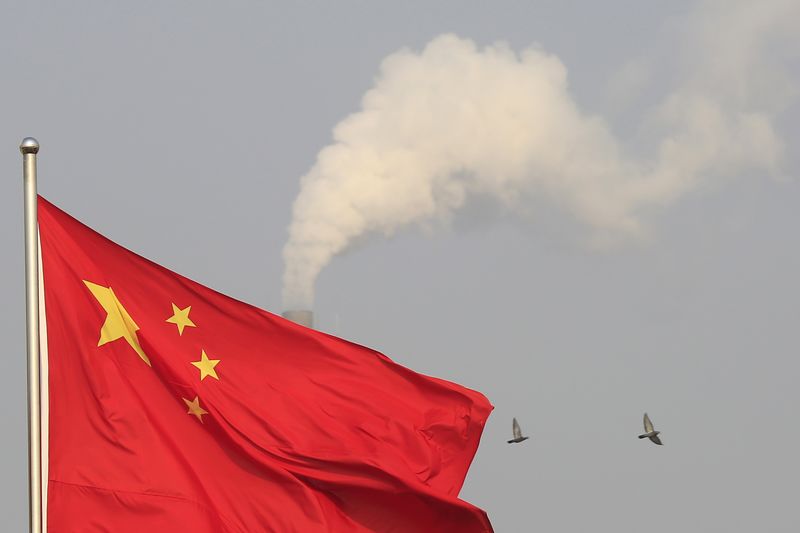(Bloomberg) -- China’s economic recovery displayed mixed signals while remaining broadly steady in October, with small businesses turning more cautious and the property market weakening even as car sales soar.
The aggregate index combining eight early indicators tracked by Bloomberg was unchanged from the previous month.
Small business confidence eased in October, with sub-indices weakening across the board, according to Standard Chartered (OTC:SCBFF) Plc, which surveys more than 500 smaller firms each month. As the world’s largest exporter, China is exposed to the deteriorating outlook in the rest of the world amid resurgent virus cases, threatening a domestic recovery that remains otherwise robust.
“The pace of recovery slowed in October,” Standard Chartered’s economists Shen Lan and Ding Shuang, wrote in a report. “The ‘expectations’ sub-index fell to 52.6 in October from an average of 54.7 in the third quarter, indicating a more cautious business outlook toward year-end.”
Home sales, which remained fairly resilient despite the economic downturn this year, started to cool as policy makers tightened their grip on financing to developers.
South Korean exports, a barometer of global trade, also deteriorated in the first 20 days of October -- although the data was affected by fewer working days in the month. Factory deflation likely deepened in the month, weighing on profit growth at industrial firms that face a faster rise in input prices than output prices.
At the same time, car sales improved, registering solid growth in line with the general upward trend seen recently in consumer spending.
The pickup in consumption may help to spur services output, which outperformed manufacturing at smaller firms for the first time since the Covid-19 shock, according to Standard Chartered.
Purchasing managers’ indexes, due in coming days, will also give insight into the recovery. The official manufacturing index looks poised for a small retreat in October, likely because of closures during China’s golden week holiday this year, not a loss of recovery momentum, according to Bloomberg Economics’ Chang Shu.
CHINA PREVIEW: PMIs to Reflect Holidays, Recovery Still Going
Early Indicators
From July, Bloomberg has changed some of the components for the early look at China’s economy, adding home sales in the biggest four cities, weekly car sales and inventories of steel reinforcing, while removing iron-ore prices, sales manager sentiment and property-related stocks.
Bloomberg Economics generates the overall activity reading by aggregating a three-month weighted average of the monthly changes of eight indicators, which are based on business surveys or market prices.
- Major onshore stocks - CSI 300 index of A-share stocks listed in Shanghai or Shenzhen (through market close on 25th of the month)
- Total floor area of home sales in China’s four Tier-1 cities (Beijing, Shanghai, Guangzhou and Shenzhen)
- Inventory of steel rebar, used for reinforcing in construction (in 10,000 metric tones). Falling inventory is a sign of rising demand
- Copper prices - Spot price for refined copper in Shanghai market (yuan/metric tonne)
- South Korean exports - South Korean exports in the first 20 days of each month (year-on-year change)
- Factory inflation tracker - Bloomberg Economics created tracker for Chinese producer prices (year-on-year change)
- Small and medium-sized business confidence - Survey of companies conducted by Standard Chartered Plc
- Passenger car sales - Monthly result calculated from the weekly average sales data released by the China Passenger Car Association
©2020 Bloomberg L.P.
